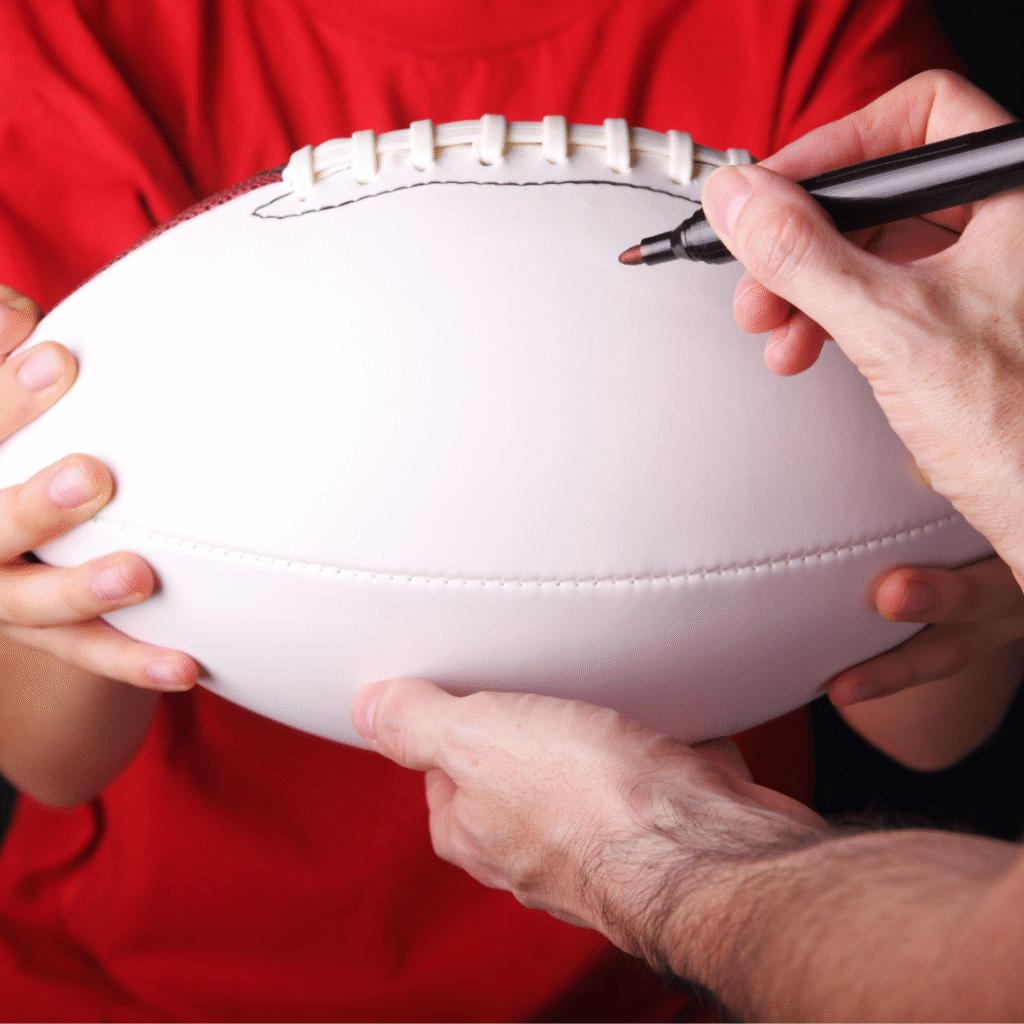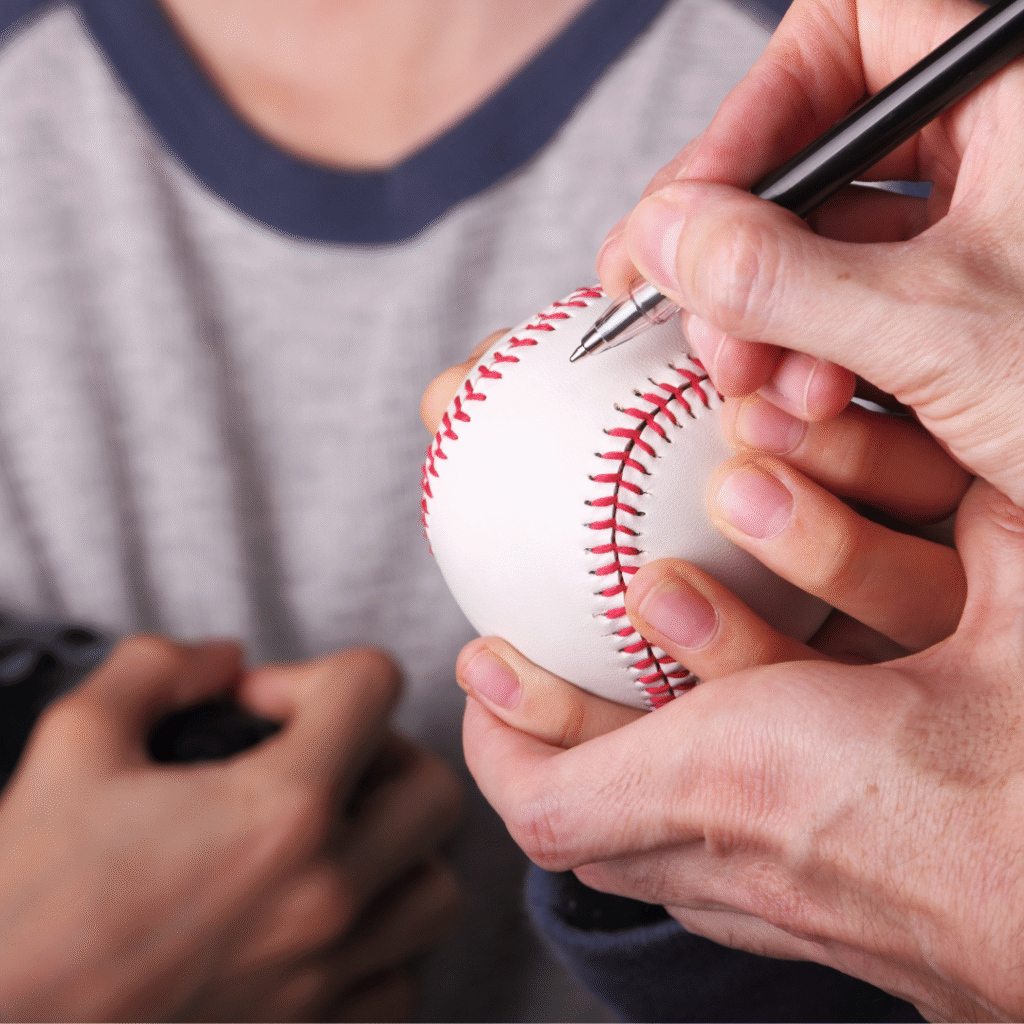


Brett Lemieux wasn’t just another autograph dealer. He ran a global counterfeit operation that, over the course of a decade, quietly flooded the collector’s market with fake signatures—Tom Brady, Michael Jordan, Kobe Bryant, Wayne Gretzky—millions of them. According to recent reports, Lemieux confessed before his death to creating over 4 million forgeries with a resale value exceeding $350 million. He didn’t just undermine authenticity—he disrupted an entire collecting ecosystem.
This is more than a story about fraud. It’s a story about trust, loss, and the very nature of collecting that we as collectors all hold so dear.
The Emotional Investment of Collecting
Ask any serious collector why they collect, and you won’t always hear about money. You’ll hear about childhood memories, hockey night in Canada, a signed stick passed down through generations, or the adrenaline of finding a missing card from a 1972 O-Pee-Chee set. The act of collecting builds emotional equity, not just financial value. The art of collecting is the pursuit of your passion and connection.
So when an autograph, or millions of autographs, turn out to be forged, it doesn’t just invalidate a certificate—it erases a connection. A fake Gretzky puck isn’t just worth less—it was never real to begin with. That’s a different kind of loss entirely. Let’s let that sink in. It’s a pretty tough pill to swallow, isn’t is?
Forgery at Scale: Exposing Legal Blind Spots and Industry Gaps
Unfortunately, Brett Lemieux’s operation went undetected for years. He used autopens, which are devices that can automatically replicate a person’s signature or handwritten signature to sign multiple documents quickly and efficiently which maintained the appearance of a handwritten signature. He manipulated authentic-looking holograms from top-tier companies, and created replicas so convincing they passed casual inspection. What makes this scandal uniquely troubling is not just its size, but how effectively it mimicked the legitimacy so many of us stand for and desire.
While this fraud occurred beyond our borders, from a Canadian legal standpoint, Canada doesn’t have comprehensive federal legislation dealing directly with collectibles fraud. Most enforcement falls under general fraud provisions in the Criminal Code, or is pursued through civil claims by buyers. Unless large sums are involved or there’s cross-border involvement, prosecution is rare and penalties are light.
This lack of clear regulatory guidance means the Canadian market is especially vulnerable to counterfeiters, especially as demand for authenticated memorabilia continues to grow. The industry remains largely self-policing, reliant on the perceived trustworthiness of dealers, auction houses, and third-party authenticators.
What This Means for Value—and Why It Matters
The most immediate consequence of this scandal is doubt. Private Collection Insurance believes that authentic autographs—real, verifiable ones—may see a short-term dip in resale value as buyers grow wary. Already, collectors have begun to second-guess items purchased over the past decade. Brady, Gretzky, and Jordan autographs—once considered rock-solid investments—are now being scrutinized more than ever.
This undermines the resale market, reduces liquidity, and introduces friction into transactions. For insured collections, appraisals may need to be re-evaluated, especially when provenance is unclear. For younger collectors just entering the market, the trust gap could dissuade them from participating at all.
Ironically, PCI also believes that this may result in increased value for items with indisputable provenance—such as those witnessed in-person or acquired directly from league-certified events. Scarcity, it seems, is being redefined not by the athlete’s signature, but by the reliability of the paper trail behind it.
Our Chief Collecting Officer, Enzo Ferrari is attending the 45th National Sports Card Convention next week in Chicago and the topic of authenticity will certainly be on the minds of everyone there. We’ll report back as a follow up to this article after the convention.
Rebuilding Trust: What Can Be Done
Restoring confidence in the market will require more than apologies or tightened security tape. The industry needs systemic change—and collectors need to be part of that process. Here’s where we think we can start:
- Multi-step authentication processes: Holograms alone are not enough. Combining RFID, tamper-proof microdots, and digital certificates stored on immutable ledgers (like blockchain) can significantly increase verification reliability.
- Witnessed signings with video or geolocation records: Documenting when, where, and how a signature is captured adds traceability. This practice, already common among top-tier trading card companies like Upper Deck, should extend to dealer-signed items.
- Transparent dealer networks: Dealers should be subject to certification programs, periodic audits, and bonding—especially if operating across borders. In Canada, insurance-backed dealer accreditation could be one solution. This is something PCI is currently investigating.
- Consumer education: New and experienced collectors alike need tools to verify provenance, assess risk, and understand how authentication works. Public awareness campaigns, buyer checklists, and insurance partnerships can help elevate literacy in this area. Private Collection Insurance values consumer education. It’s why we attend events like the National Sports Card Convention, the Vancity Card Show and multiple industry events so that we can understand the latest technology, challenges and opportunities in the collecting world.
A Turning Point for the Hobby?
In the end, the Brett Lemieux case is not just a story of deception—it’s a debate on how much trust the sports collectibles industry can afford to lose. Cash speaks loudly, and there will always be people who attempt to game the system for their own malicious benefit. And while fakes may always find a way to infiltrate the market, this moment offers a rare chance to redefine what authenticity means—not just in ink, but in principle.
If you’re a Canadian collector, now’s the time to revisit your portfolio, review your authentication certificates, and consider insuring your high-value items. If your collection is worth $10,000 or more, then you may want to reach out to us. If you’re a dealer or auctioneer, it may be time to adopt higher standards—and invite your clients to hold you to them.
Because once the signature fades, all that’s left is the story—and the question of whether it was ever real at all.
Need help protecting your collection?
Private Collection Insurance specializes in custom insurance solutions for Canadian collectors. From sports memorabilia to fine art, we help protect what matters. Visit privatecollectioninsurance.com to learn more.
